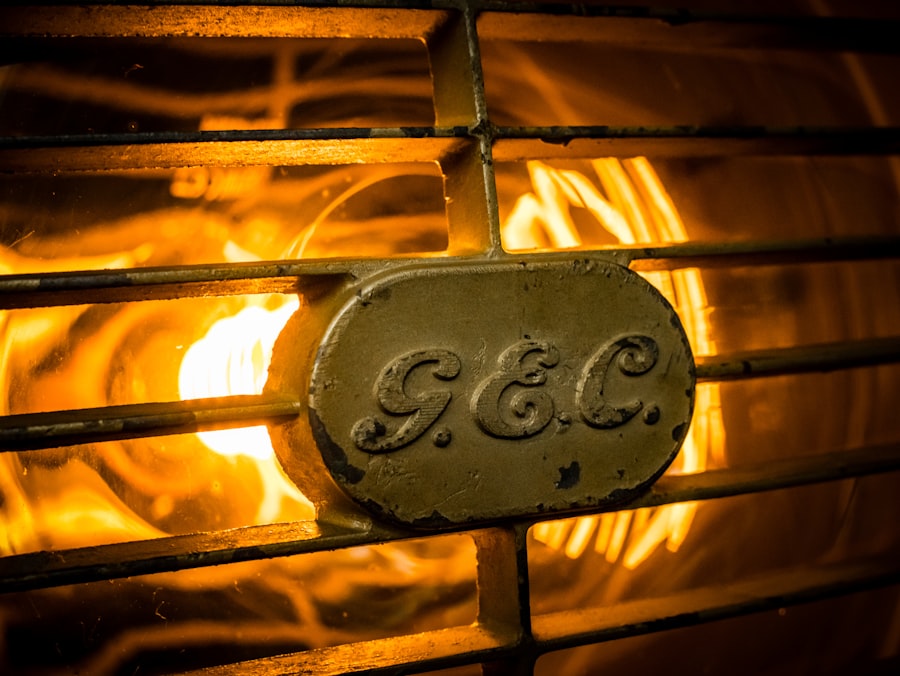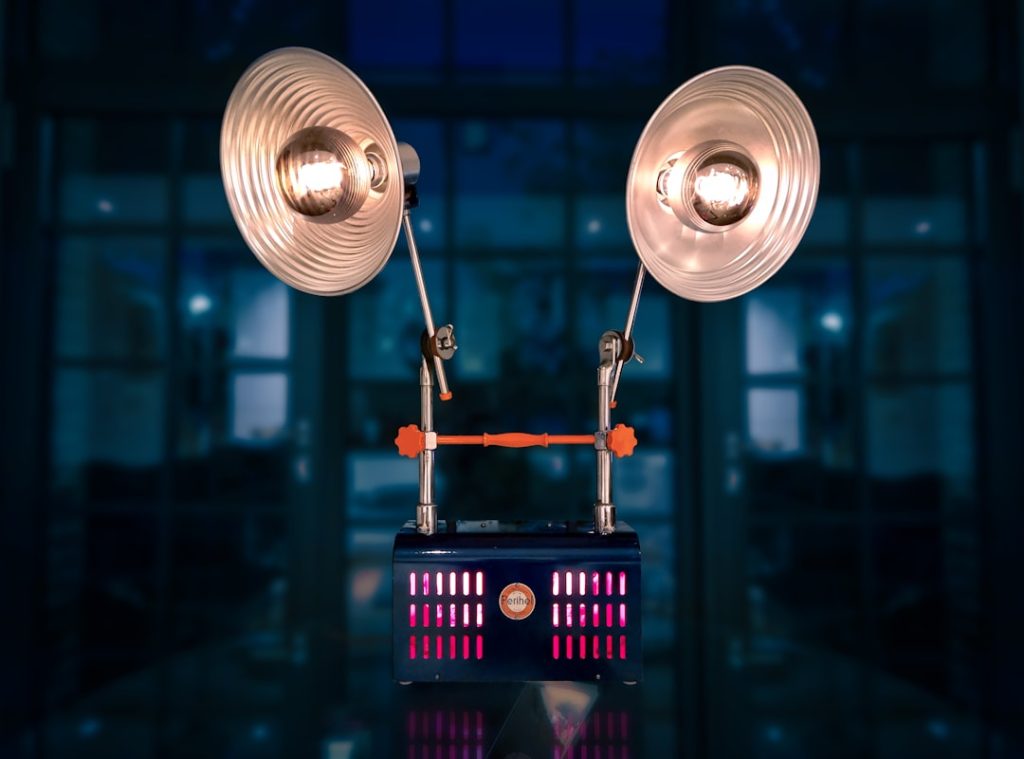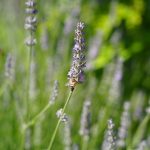Feathers are a crucial part of a chicken’s anatomy, serving multiple purposes beyond just flight. They play a significant role in keeping chickens warm, especially during cold weather. A chicken’s feathers are made up of a central shaft with smaller branches called barbs that extend from the shaft.
These barbs have even smaller branches called barbules, which interlock to form a tight, insulating layer. This structure creates a barrier that traps warm air close to the chicken’s body, providing essential insulation against the cold. Additionally, chickens have different types of feathers, each serving a specific purpose.
Down feathers, for example, are soft and fluffy and are located close to the chicken’s body. They provide excellent insulation by trapping warm air and keeping the chicken’s body heat from escaping. Contour feathers, on the other hand, are stiffer and provide the chicken with its shape and protection from the elements.
Understanding the anatomy of a chicken’s feathers is crucial in comprehending how they help chickens stay warm in cold weather. Feathers also play a role in waterproofing and protecting chickens from moisture. The outermost layer of feathers, known as the “contour feathers,” is designed to repel water and prevent it from reaching the down feathers underneath.
This is essential for keeping chickens dry and maintaining their body heat, as wet feathers can significantly reduce their insulating properties. Overall, the intricate structure and different types of feathers work together to help chickens regulate their body temperature and stay warm in various weather conditions.
Table of Contents
- 1 The role of body fat in keeping chickens warm
- 2 How chickens huddle together for warmth
- 3 The importance of a well-insulated coop for warmth
- 4 How chickens fluff up their feathers for insulation
- 5 The role of a chicken’s metabolism in generating heat
- 6 Tips for keeping chickens warm in cold weather
- 7 FAQs
Key Takeaways
- Understanding the anatomy of a chicken’s feathers is crucial for understanding how they provide insulation and warmth.
- Body fat plays a key role in keeping chickens warm by providing an extra layer of insulation and energy reserves.
- Chickens huddle together for warmth, utilizing each other’s body heat to stay warm in cold weather.
- A well-insulated coop is essential for keeping chickens warm and protected from harsh weather conditions.
- Chickens fluff up their feathers to create air pockets for insulation, helping to retain body heat.
- A chicken’s metabolism plays a vital role in generating heat, especially during cold weather.
- Tips for keeping chickens warm in cold weather include providing extra bedding, ensuring proper ventilation, and offering high-energy foods.
The role of body fat in keeping chickens warm
Accumulating Body Fat for Winter
Chickens naturally accumulate body fat as a source of energy and insulation, especially in preparation for the winter months. When temperatures drop, chickens rely on their body fat reserves to generate heat and maintain their core body temperature.
The Insulating Effect of Body Fat
The layer of fat under the skin acts as an insulator, helping to retain body heat and protect chickens from the cold. In addition to providing insulation, body fat also serves as an energy reserve for chickens during periods of reduced food availability. When chickens metabolize fat, it produces heat as a byproduct, which helps them stay warm in cold weather.
The Importance of Balance
This is particularly important during the night when chickens are roosting and not actively moving around to generate heat through physical activity. The presence of adequate body fat is essential for ensuring that chickens have the energy and insulation they need to withstand low temperatures. However, it’s also crucial to maintain a balance. Chickens that are excessively overweight may struggle with mobility and overall health, so it’s essential to monitor their body condition and provide a balanced diet to support their well-being.
Ensuring Flock Comfort and Health
By understanding the role of body fat in keeping chickens warm, poultry keepers can take proactive measures to ensure their flock’s comfort and health during cold weather.
How chickens huddle together for warmth

One of the most effective ways chickens stay warm in cold weather is by huddling together. When chickens huddle, they form a tight group with their bodies pressed closely together, sharing body heat and creating a collective warmth that helps them stay comfortable in low temperatures. This behavior is instinctual and serves as a natural way for chickens to regulate their body temperature without expending excess energy.
Huddling together also helps chickens conserve body heat by reducing the surface area exposed to the cold air. By minimizing heat loss through their bodies’ surfaces, chickens can maintain their core temperature more effectively, even when the surrounding environment is chilly. This communal behavior is particularly beneficial during nighttime when temperatures drop, and chickens are roosting for extended periods.
In addition to providing warmth, huddling together offers emotional comfort and security for chickens. It allows them to bond with their flock mates and seek reassurance from one another, reducing stress and anxiety associated with cold weather. This social behavior is an integral part of a chicken’s natural instincts and contributes to their overall well-being.
The importance of a well-insulated coop for warmth
A well-insulated coop is essential for keeping chickens warm and comfortable during cold weather. Insulation helps regulate the temperature inside the coop, providing a barrier against the cold outdoor elements and maintaining a cozy environment for the flock. Proper insulation can significantly reduce heat loss and prevent drafts, creating a more stable and comfortable living space for chickens.
Insulating the walls, ceiling, and floor of the coop helps retain the heat generated by the chickens’ bodies and any supplemental heating sources. This is especially important during winter nights when temperatures can plummet, posing a risk to the flock’s well-being. Adequate insulation also helps prevent moisture buildup inside the coop, which can lead to damp conditions that compromise the chickens’ health and comfort.
In addition to insulation, ensuring proper ventilation is crucial for maintaining a healthy coop environment. While it may seem counterintuitive, ventilation helps remove excess moisture and prevent condensation, which can contribute to dampness and frostbite in cold weather. By striking a balance between insulation and ventilation, poultry keepers can create an optimal living space for their chickens that promotes warmth, comfort, and overall well-being.
How chickens fluff up their feathers for insulation
Chickens have a remarkable ability to fluff up their feathers as a natural response to cold weather, effectively increasing their insulation and trapping more warm air close to their bodies. When chickens fluff up their feathers, they create an additional layer of air pockets between the feathers, which acts as an insulating barrier against the cold. This behavior helps them retain body heat and stay warm without expending extra energy.
Fluffing up their feathers also allows chickens to distribute natural oils produced by their preen glands more effectively. These oils help waterproof the feathers and provide additional protection against moisture, which is crucial for maintaining insulation in damp or snowy conditions. By fluffing up their feathers, chickens can enhance their natural defenses against the elements and maintain their comfort in cold weather.
Observing chickens fluffing up their feathers is a clear indication that they are actively regulating their body temperature in response to environmental changes. This behavior demonstrates their adaptability and resilience in coping with varying weather conditions, showcasing the remarkable ways in which they can maintain warmth and comfort through natural mechanisms.
The role of a chicken’s metabolism in generating heat

Metabolic Heat Production
When chickens digest food, they produce metabolic heat as a byproduct of these processes, which helps them regulate their body temperature. In cold weather, chickens may increase their food intake to support their metabolism and generate more heat.
Dietary Considerations
Providing a balanced and nutritious diet is crucial for ensuring that chickens have the energy they need to stay warm during winter months. Foods high in carbohydrates and fats can be particularly beneficial for supporting metabolic heat production in cold conditions.
Physical Activity and Metabolic Heat
In addition to dietary considerations, physical activity also plays a role in stimulating metabolic heat production in chickens. When chickens move around and engage in normal behaviors such as scratching, pecking, and foraging, they generate additional heat through muscle activity. Encouraging active behaviors within the flock can help promote warmth and comfort during cold weather by stimulating metabolic processes.
Tips for keeping chickens warm in cold weather
1. Provide adequate insulation: Ensure that the coop is well-insulated to retain heat and protect against drafts. Insulate walls, ceiling, and floor to create a cozy living space for the flock.
2. Maintain proper ventilation: Balance insulation with ventilation to prevent moisture buildup and maintain a healthy coop environment. Good airflow helps remove excess moisture without compromising warmth.
3. Offer supplemental heating: Consider using safe heating options such as heat lamps or heated perches to provide additional warmth during extreme cold spells. 4.
Provide a balanced diet: Offer a nutritious diet rich in carbohydrates and fats to support metabolic heat production in chickens during cold weather. 5. Encourage active behaviors: Promote physical activity within the flock to stimulate metabolic heat production through muscle activity.
6. Monitor body condition: Keep an eye on your chickens’ body condition to ensure they have adequate body fat for insulation without becoming overweight. 7.
Observe natural behaviors: Pay attention to how your chickens fluff up their feathers and huddle together for warmth, as these natural responses indicate their efforts to stay warm in cold weather. By understanding the various ways in which chickens regulate their body temperature and implementing proactive measures to support their warmth and comfort, poultry keepers can ensure that their flock thrives even during chilly winter months.
If you’re looking for ideas on how to keep your chickens warm in the winter, you might want to check out this article on chicken coop interior ideas. It offers tips and suggestions for creating a cozy and insulated space for your feathered friends to stay warm during the colder months.
FAQs
What are some natural ways chickens keep warm?
Chickens keep warm by fluffing up their feathers to create an insulating layer of air, huddling together in a group to share body heat, and roosting off the ground to avoid cold surfaces.
Do chickens need additional heat in the winter?
In most cases, chickens do not need additional heat in the winter as they are equipped with natural mechanisms to keep warm. However, providing a well-insulated coop and ensuring they have access to dry bedding and draft-free shelter is important.
What temperature is too cold for chickens?
Chickens can tolerate cold temperatures quite well, but prolonged exposure to temperatures below freezing (32°F or 0°C) can be harmful. It’s important to monitor their behavior and provide appropriate shelter and bedding during cold spells.
How can I help my chickens stay warm in the winter?
To help chickens stay warm in the winter, provide a well-insulated and draft-free coop, use deep bedding for insulation, offer extra feed to help them generate body heat, and ensure they have access to fresh water that doesn’t freeze.
Can chickens get frostbite?
Yes, chickens can get frostbite, especially on their combs, wattles, and feet. It’s important to monitor them for signs of frostbite and take measures to prevent it, such as applying petroleum jelly to exposed areas and providing adequate shelter.
Meet Walter, the feathered-friend fanatic of Florida! Nestled in the sunshine state, Walter struts through life with his feathered companions, clucking his way to happiness. With a coop that’s fancier than a five-star hotel, he’s the Don Juan of the chicken world. When he’s not teaching his hens to do the cha-cha, you’ll find him in a heated debate with his prized rooster, Sir Clucks-a-Lot. Walter’s poultry passion is no yolk; he’s the sunny-side-up guy you never knew you needed in your flock of friends!







